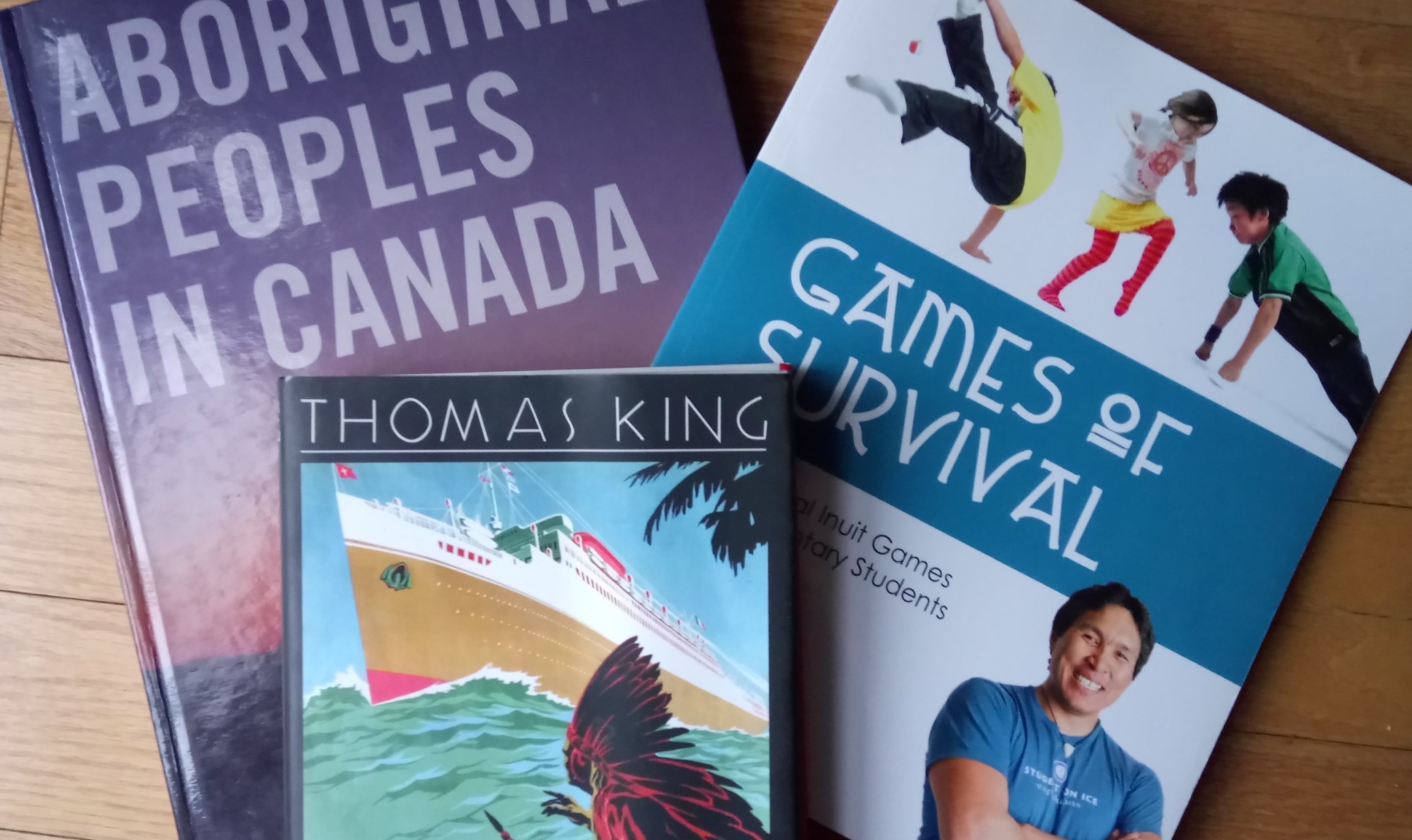fatty legs by Christy Jordan-Fenton and Margaret Pokiak-Fenton
If you are taking your first steps towards incorporating Indigenous content into your classroom, one of my favorite strategies to begin with is a read-aloud with your students, allowing their questions to guide your collective learning. Last month, a teacher I spoke to revealed she had done just that with fatty legs to great success with her grade 3 students.
fatty legs is a great resource to because:
- It is coauthored by Margaret Pokiak-Fenton whom the story is about, and includes a scrapbook of real photos at the back.
- It is rich in historical detail about life in general and residential schools in particular and is explicitly told from an Inuit point-of-view.
- The story does not gloss over the traumas that Margaret and the other students endured in the school, however, the material never feels "explicit" and does not mention sexual assault or abuse, which some adults feel uncomfortable bringing up to younger audiences.
One question I get asked by educators is: can Junior-level students handle this information? What I have seen in both my work and the work of my colleagues is that, when using resources designed for a younger audience, students are most often totally engaged and have many questions.
That teacher I mentioned above had great success allowing the curriculum around fatty legs to unfold based on the questions of her students and told me that her students picked up on and were able to sit with the sadness in the book. Having your students guide the learning that comes from a story like fatty legs might be the best way to assess what they are ready for and what they are not.
Have you taught about residential schools to Junior-level students? I would love to hear your reflections on the experience!

